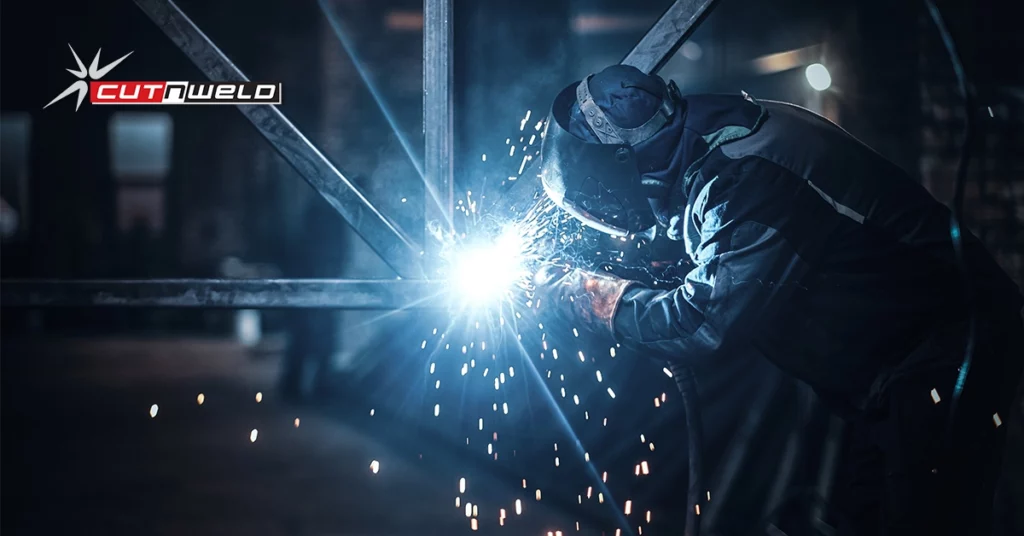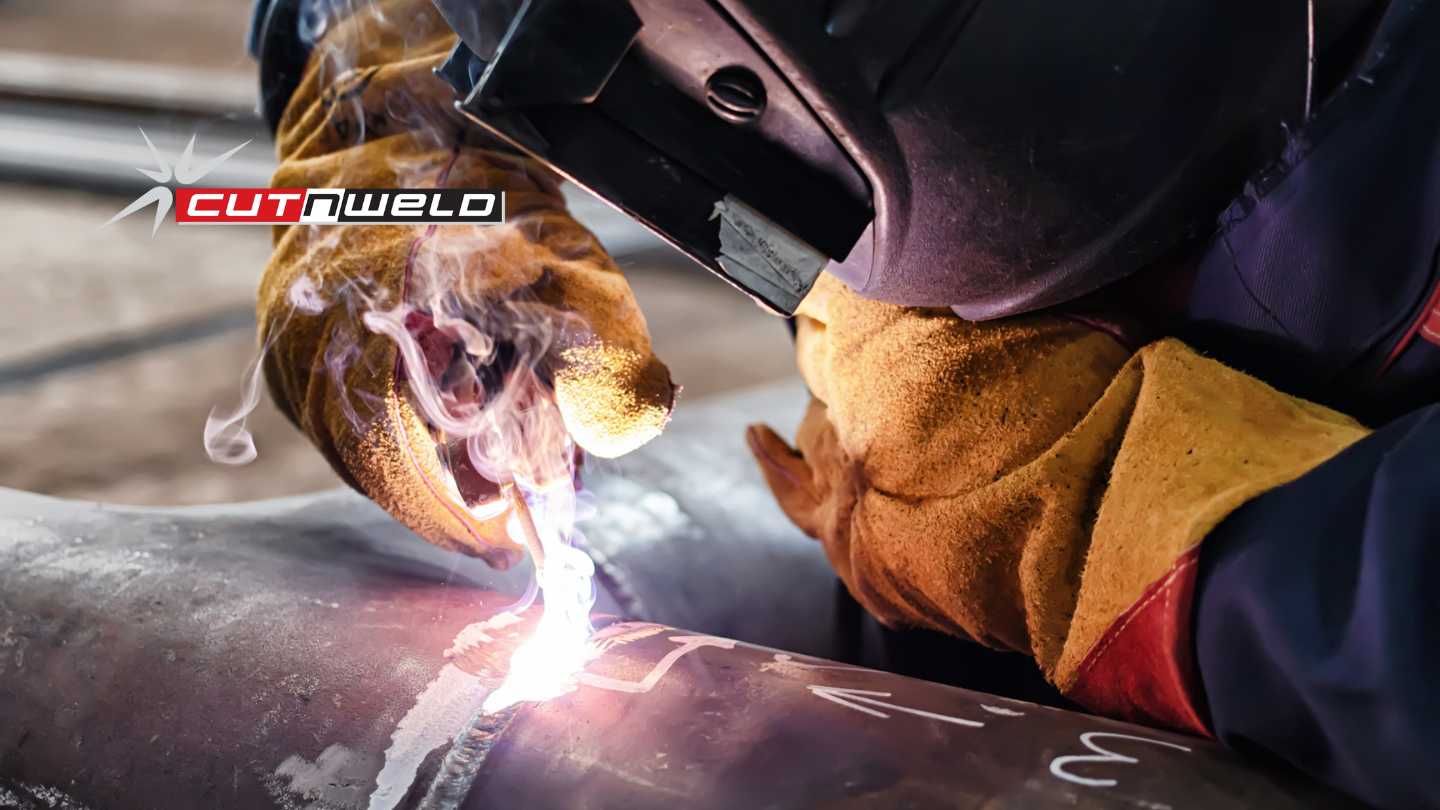
Hidden Heroes: Uncover the Unseen Types of Welding That Hold Our World Together
Welding is the unseen force holding modern structures together. Knowing the right types of welding is essential.
No products in the Quote Basket.
No products in the Quote Basket.

Welding stainless steel can be a challenging process due to its unique characteristics. Unlike other metals, stainless steel has high corrosion resistance, making it a popular choice for various applications in industries ranging from automotive and aerospace to food and beverage processing.
The Cut-N-Weld team knows that the welding process requires specific techniques and materials to ensure that the final product is both structurally sound and free of defects. Cut-N-Weld will describe the key considerations and techniques for welding stainless steel in this article.
The first step in welding stainless steel is selecting the appropriate type of stainless steel. Many different grades of stainless steel are available, each with its unique characteristics and properties.
Some grades of stainless steel are more weldable than others, so choosing the right type for the welding process is essential. Factors to consider include the thickness of the material, the intended use of the welded product, and the welding process that will be used.
The welding process used for stainless steel will depend on the material’s thickness, the weld’s shape, and the welded product’s intended use. The most common welding processes for stainless steel are TIG welding, MIG welding, and stick welding.
Welding stainless steel requires specific techniques to ensure the weld is structurally sound and defects-free. Here are some critical considerations for welding stainless steel:
Stainless steel has low thermal conductivity, which can cause the material to warp or crack during welding. Preheating the material before welding can help prevent these issues by distributing the heat more evenly.
The type of filler metal used in welding stainless steel will depend on the specific grade of stainless steel used and the welding process. It is essential to select the correct type of filler metal to ensure that the final product has the desired properties.
Too much heat can cause the material to warp or distort, while too little heat can result in a weak weld. It is essential to control the heat input during the welding process to ensure the weld is strong and defects-free.
The welding technique used for stainless steel will depend on the specific process and equipment. However, some general techniques include maintaining a consistent arc length, moving the torch or electrode in a consistent motion, and using the correct welding angle.
After welding stainless steel, there are several post-welding considerations to ensure that the final product is structurally sound and free of defects. These include:
Stainless steel has a low thermal conductivity, meaning it takes longer to cool down than other metals. Allowing the weld to cool slowly can help prevent distortion or cracking.
After welding, the weld should be cleaned to remove any debris or contaminants. This can be done using a wire brush or a grinder. Ensuring the cleaning tool is made of stainless steel is essential to prevent contamination.
After welding, inspecting the weld to ensure that it is structurally sound and free of defects is essential. This can be done using visual inspections and non-destructive or destructive testing.
Passivation is treating stainless steel with a chemical solution to remove any impurities that may have been introduced during welding. This helps to restore the material’s corrosion resistance and prevent future corrosion.
Welding stainless steel requires specific considerations and techniques to ensure the final product is structurally sound and defects-free. Selecting the appropriate type of stainless steel, welding process, and welding technique is essential to achieving a strong and durable weld.
It is also crucial to take post-welding considerations, such as cleaning, inspection, and passivation, to ensure that the weld is free of contaminants and has the desired properties. By following these guidelines, welders can achieve high-quality welds on stainless steel, making it an ideal material for various applications.

Welding is the unseen force holding modern structures together. Knowing the right types of welding is essential.

Choosing the right gas welding rod involves considering factors like the base material, the welding process, and the desired weld characteristics.

Metal cutting is a fundamental process in countless industries.
2025 Copyright © CUT-N-WELD. All Rights Reserved. Disclaimer : Privacy Policy | Site By Xponent